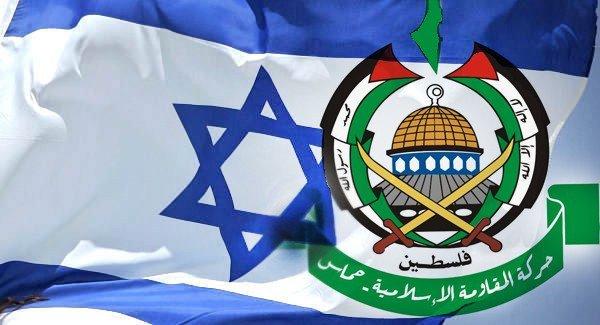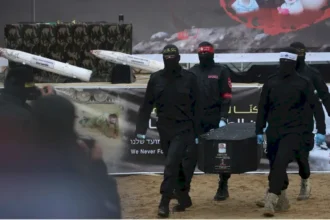Qatar’s secret message was the turning point in Israel-Hamas ceasefire deal
شبكة الخامسة للأنباء - غزة

The New York Times, in an extensive report, revealed that a secret message delivered by the Qatari prime minister to both Jared Kushner and Steve Witkoff was the spark that paved the way for the agreement between Israel and Hamas after months of bloody war.
According to the report, the Qatari prime minister handed the message during an unannounced meeting, urging the United States to press Israel to make real concessions as a prelude to reaching a settlement. That came hours before decisive talks began at the Sharm El-Sheikh resort on Oct. 8, attended by delegations from Israel and Hamas under U.S. sponsorship and Arab mediation.
Secret negotiations and political pressure
Witkoff and Kushner arrived on a private plane in Sharm El-Sheikh, where closed-door talks were held over two days. During those talks, Hamas for the first time indicated a willingness to release all the hostages, even without a full Israeli withdrawal, provided it received guarantees that fighting would not resume.
Israel, for its part, initially agreed to release thousands of Palestinian prisoners, including 250 prisoners serving life sentences. But negotiations temporarily stalled over disagreement about the scope of the Israeli withdrawal from the Gaza Strip. Mediators avoided getting into precise details for fear of collapsing the talks.
According to U.S. sources, Doha and Washington intervened directly to pressure the head of the Israeli delegation, Ron Dermer, and U.S. President Donald Trump made three phone calls with the mediating countries to break the impasse.
The settlement: partial withdrawal and ceasefire
According to the map obtained by the U.S. paper, Israel agreed to withdraw from a number of populated areas while retaining larger strategic tracts than Hamas had demanded. Certain areas in Gaza would be left outside the control of either side. Hamas reluctantly accepted this settlement under regional and international pressure.
Mediators believed that focusing on a ceasefire and the release of hostages increased the chances of success compared with earlier attempts that were blocked by the demand for a complete withdrawal.
A shift in both sides’ positions
In previous rounds, Israel had clung to the slogan of “complete victory,” while Hamas insisted on a full withdrawal. This time both sides came with clear mandates: Ron Dermer for Israel and Khalil al-Hayya for Hamas. Trump also pressured Netanyahu to move forward with the deal after a failed Israeli strike on Hamas leaders in Qatar.
Hamas faced pressure from Turkey and other Arab and Muslim countries to engage seriously in the negotiations, with warnings that rejecting Trump’s plan would give Israel the green light to continue military operations with U.S. support.
The decisive moment
On the evening of the talks, Hamas leadership took five hours for internal consultations before Khalil al-Hayya informed mediators of the movement’s conditional approval of the agreement. Upon receiving the positive response, the U.S. and Israeli delegations moved to a private villa at the Four Seasons hotel in Sharm El-Sheikh, where Egyptian and Qatari mediators were waiting.
The final text of the agreement was drafted in the presence of Egyptian officials and an Israeli intelligence officer. Qatari Prime Minister Mohammed bin Abdulrahman Al Thani signed first, then Dermer signed the English version at 1 a.m.
At that moment, U.S. President Trump called the participating delegations, and those present heard his voice over a loudspeaker saying: “This is a great day.”
Thus was born an agreement that U.S. and Arab sources described as a major diplomatic breakthrough after months of failed previous mediations, opening the door to a ceasefire and new political arrangements in the Gaza Strip.






